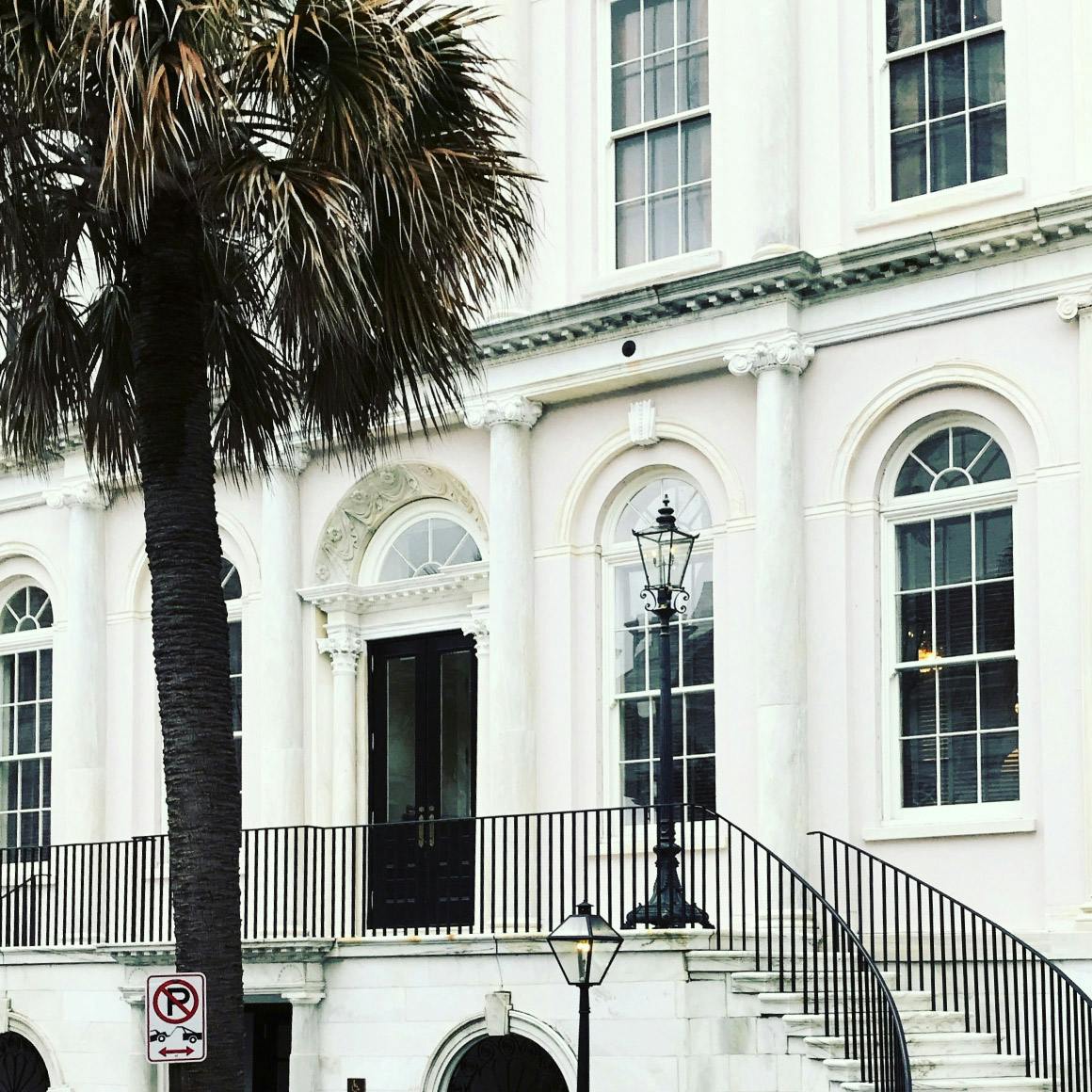The cost of a dental inlay or onlay depends on a variety of factors, including the dentist’s level of training and the material used. Dental onlay cost is typically similar to an inlay. However, these restorations tend to be larger and may cost slightly more. Treatment cost generally ranges from $650 to $1,200 per tooth, with an average price of $900. Most insurance plans cover some or all of the costs associated with inlay and onlay procedures since these treatments are designed to restore damaged teeth to health. Treatment cost generally ranges from $650 to $1,200 per tooth.

Important Factors to Consider
During an initial appointment, your dentist will outline your treatment options and can provide you with an estimate. Although the cost will vary depending on your unique needs, you should generally keep several factors in mind.
Material
Both inlays and onlays can be fabricated from a range of materials, including porcelain, composite resin, and gold. Porcelain offers the most aesthetic option, but it is typically the most expensive. Gold inlays and onlays are more affordable but can negatively affect the aesthetics of your smile.
Composite resin, also known as an indirect filling, is less expensive but prone to staining over time. These types of restorations will typically not last as long as porcelain or gold. Although pricing is an important factor to take into account for an inlay or onlay, the experience of the dentist you are considering is equally, if not more, important.
Extent of Treatment
The extent of damage or decay requiring treatment can affect the overall cost of your procedure. In general, inlays are used for smaller areas and tend to cost less than onlays. However, if you need more extensive treatment, your dentist may recommend an onlay.
Sedation
While most patients undergo inlay and onlay placement with only local anesthesia, some prefer to be sedated during the procedure, especially if they have dental anxiety. Dental sedation will add to the overall price of your treatment and may not be covered by insurance.
Dentist’s Experience
Although pricing is an important factor to take into account if you have been told you need an inlay or onlay, the experience of the dentist you are considering is equally, if not more, important.
The placement of inlays and onlays is technique-sensitive and requires the expertise of a skilled dentist to produce satisfactory results. If placed improperly, an inlay or onlay can interfere with a patient's bite, resulting in the need for additional dental work.
Location of Practice and Lab
In some cases, the location of a dental practice can affect the overall price of your treatment. Since inlays and onlays are custom-made, the dental laboratory your dentist partners with can also play a role in the cost of your restoration. However, choosing a reputable dentist and a trustworthy lab can mean the difference between successfully restoring your tooth and experiencing more substantial issues in the future.
Dental Insurance
Since inlays and onlays are used to treat the effects of decay or trauma, dental insurance typically covers most or all of the patient’s treatment costs. A patient with a reasonably good insurance policy can usually expect to pay between $10 and $50 for a gold inlay or onlay, and between $40 and $100 for a porcelain or composite resin restoration.
Financing Options
For individuals without insurance, many dental practices offer financing options to place high-quality care within reach. Healthcare financing plans, such as Compassionate Finance® and CareCredit®, offer loan programs designed to make dental procedures more affordable to a wide range of patients.
Schedule A Consultation
Contact Us
Restore Your Smile
In many cases, inlays and onlays can save teeth from more extensive damage or even extraction. During a consultation, your dentist can explain the cost of your treatment options and work with your insurance company to maximize your coverage.
